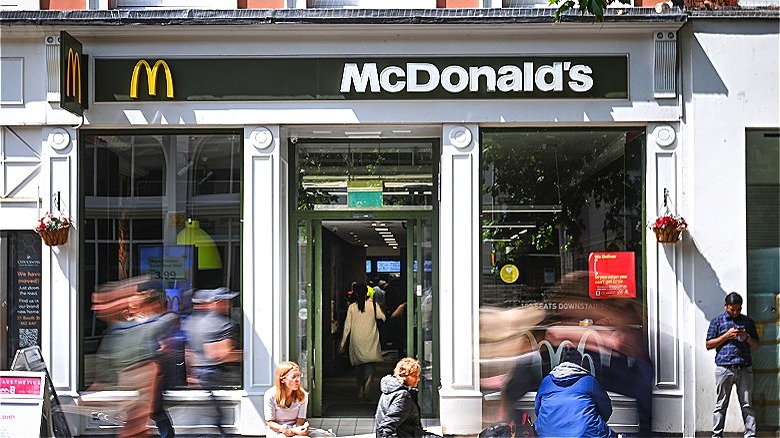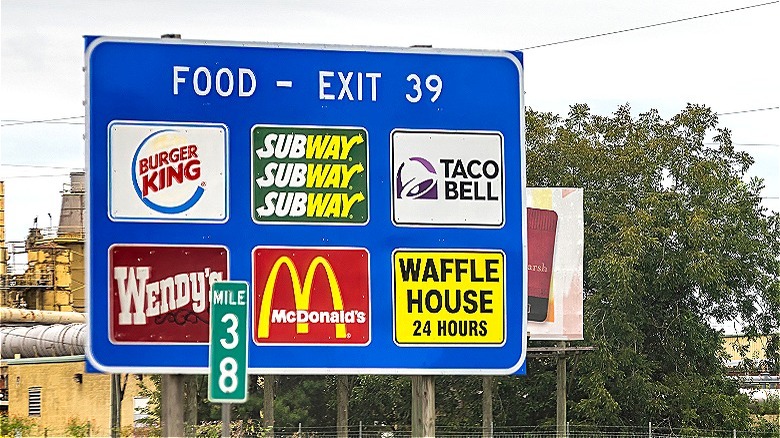What Do Fast Food Chains Look For When Choosing A Location?
In the seemingly simple act of grabbing a quick bite at a fast food joint, everyday citizens might overlook exactly what goes into choosing the perfect location for these ubiquitous eateries. The quest for the optimal spot involves careful evaluation, combining the art of predicting consumer behavior with the intricate science of data analytics.
One of the paramount factors in the fast food location selection saga is demographic analysis. Companies delve deep into the sociodemographic makeup of a potential location to understand the population's preferences, habits, and purchasing power. For instance, a region's age distribution, income levels, and cultural nuances all play key roles in shaping the menu, pricing, and marketing strategies of a fast food establishment.
Fast food chains employ sophisticated methods to identify prime grounds that indicate the probability of high foot traffic. In other words, with the help of razor-sharp market research, fast food brands can pretty accurately estimate whether or not a specific site will boost the company's bottom line — and of course, feed hungry patrons. But there's more to the recipe than merely recognizing what your audience craves.
Location, location, location-based data
In today's data-driven era, the importance of technology can't be overstated. These quick-service restaurants are increasingly relying on statistics to steer their decisions. For example, location-based data, which is gathered from various sources, such as occupancy patterns, social media check-ins, and mobile app usage, offer invaluable insights. This wealth of information allows companies to verify high-traffic areas, determine peak hours, and even predict customer flow. With extensive data-collection capabilities, fast food chains are able to leverage this knowledge not only to optimize existing premises but also to scout for new frontiers.
Real estate, a realm typically associated with developers and property moguls, takes center stage in the case of fast food location selection. McDonald's, for one, prides itself on knowing its customers so well it can tailor its offerings to suit local tastes while maintaining its globally recognizable brand identity. McDonald's strategically acquires or leases prime pieces of real estate, often in high-visibility places with substantial commercial power. This approach allows the company to control the physical space of its restaurants as well as capitalize on the appreciation of its property assets. The strategic ownership of real estate is a distinct competitive advantage, providing stability and long-term profitability.
If you build it, they will (hopefully) come
Population density is another pivotal element in appointing fast food store locations. Essentially, a higher concentration of people often translates to more potential customers. However, the approach involves targeting densely populated areas in addition to being aware of commuting patterns, lifestyle preferences, and urban development plans. This multifaceted investigation helps fast food chains pinpoint where people currently are and where they're likely to be in the future.
Competition adds an extra layer of complexity. Fast food chains meticulously study the presence and performance of their contenders in a given radius. (Have you ever seen a McDonald's, KFC, and Burger King within a span of 15 seconds? That's no coincidence.) Proximity to similar establishments can be a double-edged sword; while it provides access to a pool of potential customers, it also naturally intensifies rivalry. Therefore, striking the right balance is crucial. This involves assessing not just the number but also the strength and popularity of competing brands within a particular domain.
The location of fast food restaurants is an intricate dance between behavioral analysis, real estate strategy, and a keen understanding of the competitive landscape. So, next time a new Subway, Mickey D's, or Taco Bell opens in your neighborhood, you can thank the brands' data masterminds.


